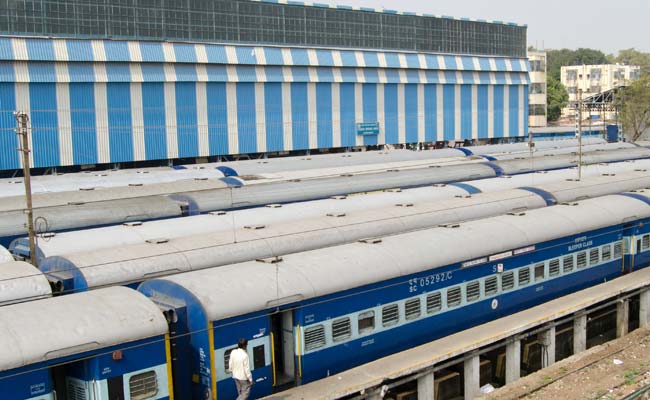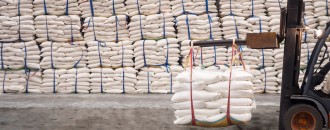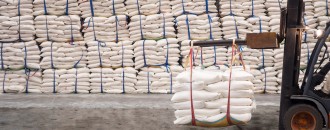
Railway restructuring should be linked to economic clusters
The Dollar Business Bureau  “Railways should prioritise linking economic clusters through high-speed passenger and freight network,” said CUTS (Consumer Unity & Trust Society) International as part of its comments on the Bibek Debroy Panel report on Restructuring Railways. The non-profit went on to add that, in fact, a detailed exercise of mapping current and future economic clusters must precede the efforts of railway liberalisation. This will ensure enhanced participation of private players. For example, focus on railway investments on the feeder routes from the coal and iron ore mines located mostly in the tristate area of Chhattisgarh, Orissa and Jharkhand will help achieve greater efficiency. In addition to the above, an urgent action is required to ensure that India’s transport infrastructure can service the increasing needs for the movement of bulk energy commodities. For example, production of domestic coal is expected to increase by about 2.5 times over the next two decades – it already accounts for half the freight volume in Indian Railways and intensity of steel use is expected to possibly go up by a factor of eight. Therefore, there are very large increases in the transport requirement of bulk commodities, CUTS said. The economic geography of India can be mapped into clusters with India’s bulk of minerals, agricultural produce, product/service markets being localised around specific geographies of the subcontinent. The non-profit went on to add that in India, coal and iron-ore deposits are concentrated in states of Chhattisgarh, Jharkhand and Odisha; cotton and sugar production in Gujarat and Maharashtra; tea production in Assam and West Bengal; technology markets in Karnataka and Andhra Pradesh and so on. Economic clusters may even exist within a state for example; the Mumbai and Pune regions of Maharashtra have developed into India’s premier financial and automobile hubs, respectively. In fact a McKinsey report, titled ‘India’s Economic Geography in 2025: States, clusters and cities,’ identifies 49 economic clusters which are likely to account for 77% of India’s incremental GDP from 2012 to 2025, said the non-government organisation.
“Railways should prioritise linking economic clusters through high-speed passenger and freight network,” said CUTS (Consumer Unity & Trust Society) International as part of its comments on the Bibek Debroy Panel report on Restructuring Railways. The non-profit went on to add that, in fact, a detailed exercise of mapping current and future economic clusters must precede the efforts of railway liberalisation. This will ensure enhanced participation of private players. For example, focus on railway investments on the feeder routes from the coal and iron ore mines located mostly in the tristate area of Chhattisgarh, Orissa and Jharkhand will help achieve greater efficiency. In addition to the above, an urgent action is required to ensure that India’s transport infrastructure can service the increasing needs for the movement of bulk energy commodities. For example, production of domestic coal is expected to increase by about 2.5 times over the next two decades – it already accounts for half the freight volume in Indian Railways and intensity of steel use is expected to possibly go up by a factor of eight. Therefore, there are very large increases in the transport requirement of bulk commodities, CUTS said. The economic geography of India can be mapped into clusters with India’s bulk of minerals, agricultural produce, product/service markets being localised around specific geographies of the subcontinent. The non-profit went on to add that in India, coal and iron-ore deposits are concentrated in states of Chhattisgarh, Jharkhand and Odisha; cotton and sugar production in Gujarat and Maharashtra; tea production in Assam and West Bengal; technology markets in Karnataka and Andhra Pradesh and so on. Economic clusters may even exist within a state for example; the Mumbai and Pune regions of Maharashtra have developed into India’s premier financial and automobile hubs, respectively. In fact a McKinsey report, titled ‘India’s Economic Geography in 2025: States, clusters and cities,’ identifies 49 economic clusters which are likely to account for 77% of India’s incremental GDP from 2012 to 2025, said the non-government organisation.
This article was published on April 29, 2015 – 2:21 pm IST.





 to success.
to success.